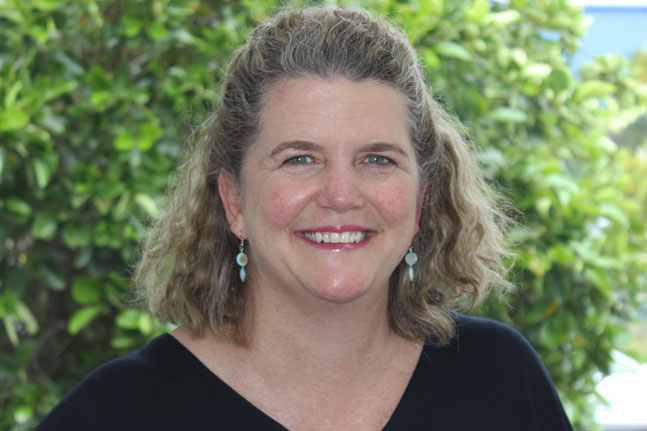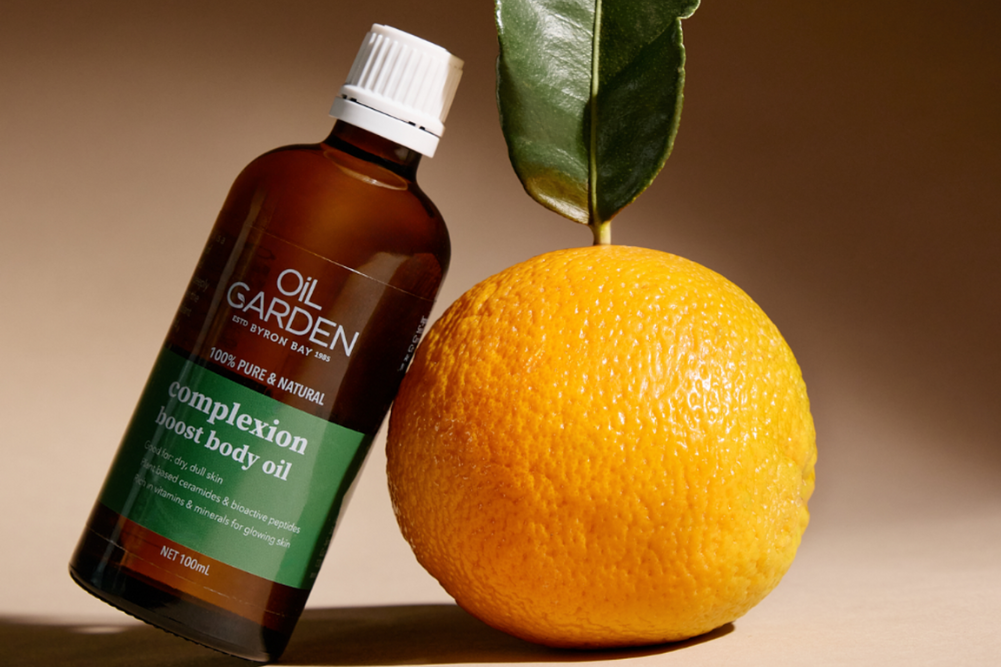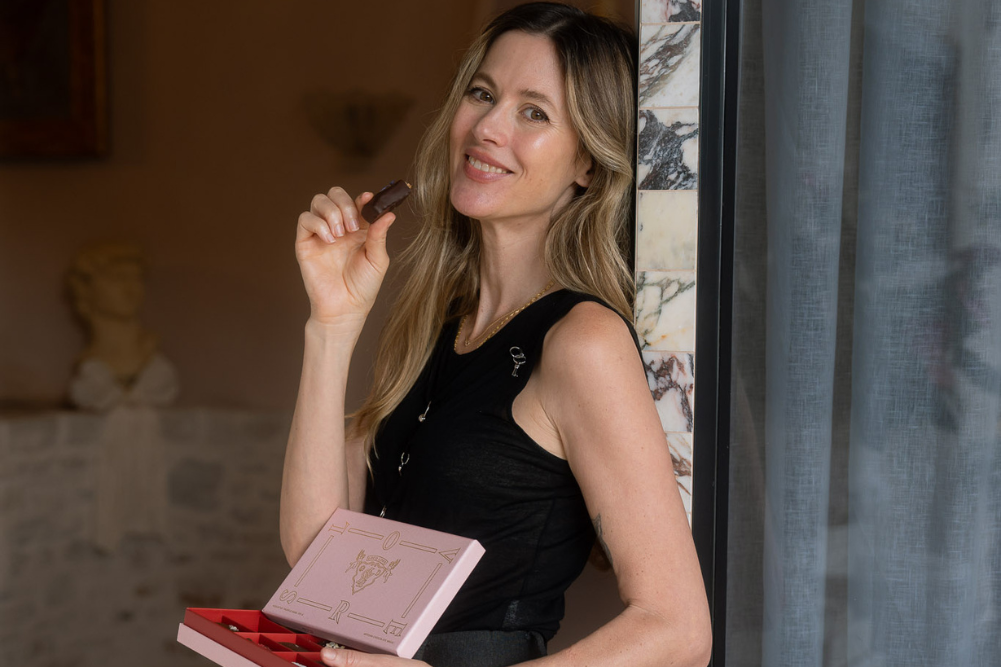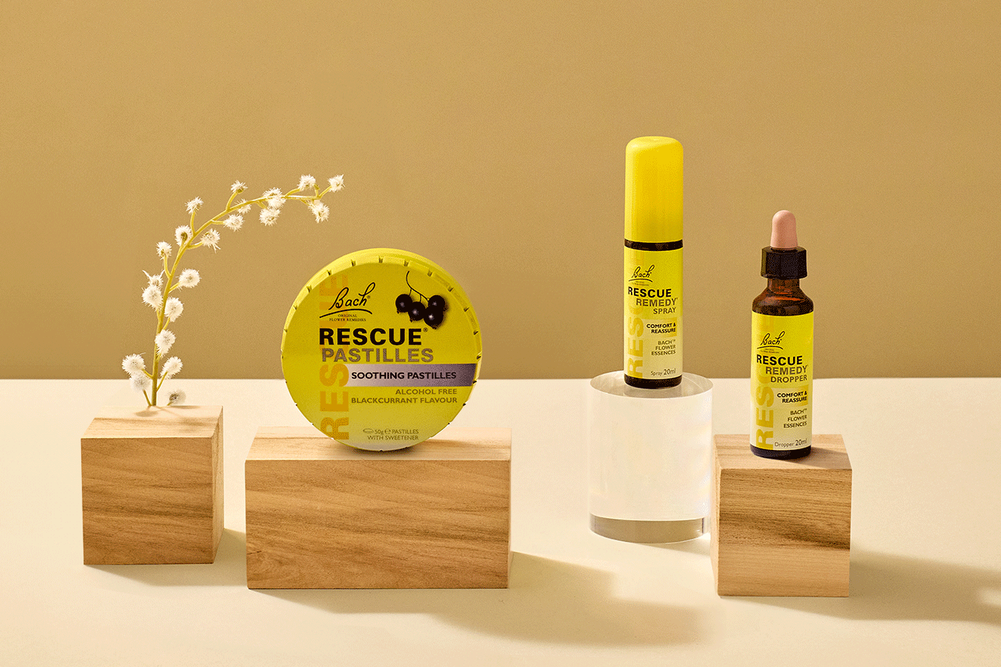Holistic living with Pacific Harvest
We sat down with Hayley from Pacific Harvest to chat all things Seaweed. Pacific Harvest are specialists in the supply of edible seaweeds. For over 18 years they’ve been trusted by the natural health and nutritional communities to bring a range of ethically sourced, food grade seaweeds in easy to use, everyday formats.
How did Pacific Harvest come to be?
Pacific Harvest was born in the late 1990’s by a young man selling Karengo (nori seaweed) from the back of his ute to pubs around the South Island of New Zealand. Louise and Doug Fawcett, who had been living in Canada, returned home to New Zealand and bought the business, establishing the roots of what it is today in 2002. Their vision was to teach New Zealanders how to eat seaweeds. They retired at the end of 2019 and we took over the reigns to carry on building the platform they created for the nutritional community in Australasia.
We have a vision to take local seaweeds to the world, and we feel incredibly fortunate to be a small part of the value chain for such an amazing product that contributes to both human and planet health.
Seaweed is used mainly in sushi, however how else can it be incorporated in our overall diet?
Seaweeds have been eaten for centuries by coastal communities as a staple part of their diets. For thousands of years seaweed has been harvested for food, medicine and fertiliser. It is recorded that the Chinese used seaweed as a medicine as early as 3000 B.C. In Asian communities, sea vegetables are still a staple in meals. Western diets however, moved away from seaweeds in favour of land-based veggies. However, seaweeds are making a resurgence in recent years, as more people seek improved nutrient content in their food, plant-based diet and food that has been sustainably grown.
We use seaweed in everything! Our seasoning range makes it very easy to do this. Seaweeds provide a unique umami flavour and many people seeking lower sodium diets now use them as a salt replacement. For example, using kelp salt gives you a naturally iodised salt – you get all salty flavour you love but with the added nutrients from the kelp, which is rich in iodine.
Garlic kelp is a delectable addition to stir-fries, garlic bread, baked potatoes, or any savoury cooking. Furikake is a seaweed and sesame seasoning which we sprinkle on blanched vegetables, hummus, and salads – it is delicious and brimming with extra nutrients like iodine, iron, and magnesium.
Seaweed flakes make a colourful garnish to salads, stir fries, and poke bowls. Karengo (also known as Nori) and dulse are pantry staples – they are essentials for savoury baking, and are beautiful with pasta or potato dishes. Wakame can be used just as you may blanch kale or broccoli – it is super nutritious and flavourful. Amazingly, the flavours of some of the seaweeds can change depending on how they are prepared.
What are some of the health benefits associated with Seaweed?
Seaweeds are very different to land plants in their physical attributes and chemistry. They are grouped according to their pigmentation (reds, greens and browns). Just as we understand eating a range of vegetable colours (green, red, orange) is good for us, so should we dip into different seaweed colours to get an array of nutrients and vitamins.
Seaweeds are now being studied extensively for their beneficial effects on human health. They absorb nutrients from the ocean, and some are up to 20 x more densely nutritious (offering concentrated vitamins, minerals, omega 3 fatty acids and compounds) than their land vegetable counterparts. Because many seaweeds are naturally high in Iodine, they are great for thyroid health and can help to promote and balance our metabolism and hormone regulatory systems. Their unique sulfate polysaccharides have been found to reduce inflammation, optimize sugar & fat metabolism and feed good gut bacteria. They sit at the extreme end of the alkaline spectrum, meaning they can restore optimum PH balance. Some seaweeds have a high protein content making them a great source of plant protein. Seaweeds like Nori also offer Vitamin B12, which is mostly only found in animal protein.
Many are using seaweed to detox or cleanse their bodies – they have anti-viral/parasitic/fungal properties and can support the elimination of toxins (heavy metals and radiation) from the body.
What is the difference between wild harvested and farmed seaweeds?
Wild harvested seaweeds, as the name implies, are harvested directly from the ocean – they require no human intervention to grow and are brimming with the goodness of the ocean. They may be collected from the beach or cut from the seabed. When purchasing wild harvested seaweeds, ensure the harvesters are sustainably harvesting the seaweeds in a way which ensures regeneration of the wild stocks. Wild seaweeds should also only be consumed when they have been harvested from clean water where there is no runoff. Wild harvested seaweeds tend to be more seasonal so may not be available throughout the year.
Some seaweed species are farmed – this is a very common practice in Asia and growing around the world. These seaweeds are typically more consistent in flavour and colour than wild harvested seaweeds as they are grown in a controlled environment. Humans ‘seed’ or grow these seaweeds in tanks and they are then planted and grown onto man-made structures in the ocean, or in tanks, and harvested when ready.
We offer both options where possible -there is distinct customer demand for both options!
What is your favourite product from the Pacific Harvest range and why?
This is a hard question! I can’t choose just one because they are all so unique and I use them in almost everything, however, right now I am loving experimenting with Sea Lettuce – a subtle peppery flavour. Dulse is a staple for us with it’s smokey umami flavour. Depending on how you use Nori, it can take on a mushroom or anchovy flavour, which I love – the variety they offer has surprised me.
I use the seasonings for most meals – dulse flakes on a breakfast omelette, seaweed seasonings in a soup or salad for lunch, the flavoured kelps in stir-fries in the evening. We have a busy family, with three teenagers so I love the convenience the seasoning range offers, and the knowledge that the added flavour is boosting our nutrient intake. This winter we have all managed to avoid colds and flu and I put this down to sneaky seaweeds!
What was your initial vision for Pacific Harvest and has it changed over time?
I get goose bumps when I think and talk about the future of this industry for New Zealand. We feel so lucky to have found a small business with a product range that is so good for human health and the planet and we are humbled by feedback we regularly get from our customers who tell us they are relieved there is a niche company like us around.
It feels natural to us that New Zealand can be part of a global consciousness to eat better and do better by our planet. We have unique natural advantages such as a pristine, unpolluted and vast ocean to ‘do’ seaweeds on a global stage well, and to set up this new industry for future generations, with core principles of kaitiaki (a Māori term meaning guardianship, for the sky, the sea, and the land).
Consumers are becoming increasingly interested in where their food comes from, and how it was produced, and we are a ‘go-to’, trusted brand for sustainable and healthy food. I am excited about the opportunities that seaweed can present for smaller regional communities around New Zealand to meet this growing demand. Today, our industry is still budding, and supply is limited. There is so much yet to learn about seaweed – specifically the ~1000 native seaweeds growing around NZ shores. As a country, we are learning to collaborate, and yet to comprehend all the different applications of seaweed
We are just a small part of the entire value chain and continue to seek partnerships with like-minded individuals and organisations who have aligning values to ours.
What does a typical day at Pacific Harvest entail?
We are a small team on a steep learning curve and loving the ride! We joke about seeing ‘opportunities’, not problems. Each month brings new learning about our products, customers and processes, and our first year has been exciting and challenging, with a little bit of COVID thrown in!
We’ve put in new systems to ensure we can continue to deliver great customer service as we grow and have worked through a few teething issues on those.
It’s great Pacific Harvest use recyclable plastic packaging for all their products. Apart from the great benefits for our planet, was there a specific reason you chose this?
In an ideal world, we would use seaweed packaging to package our seaweeds – watch this space! Our packaging refresh has been a massive, complex project as seaweeds are hygroscopic (absorb moisture from the atmosphere) which presented some additional challenges when it came to getting the moisture barrier properties right. Compostable packaging does not yet provide sufficient barriers to keep the product food safe so the next best option had to be a ‘reuse or refill, not landfill’ mindset, and to reduce the amount of plastic significantly.
We carry a number of different formats and have taken time to think about how each of the products is used before making changes. Getting the balance between the environment, food safety, improved information on our packaging for consumers, whilst keeping a price reasonable has been hard but we are delighted with where we have got to in our first big step forward.
We’re launching 50 new retail ready products at once so that will be a great celebration when that is all signed off, and hopefully ‘business as usual’ will resume!
For more, visit Pacific Harvest








